Home
History
CQE was founded in 1975
The Centro de Química Estrutural (CQE) traces its origins back to the Centro de Estudos de Química (CEQ), which was associated with the Centro de Estudos de Energia Nuclear (CEEN) in 1966 under the leadership of Professor Herculano de Carvalho. Initially housed at the Laboratório de Análises of Instituto Superior Técnico (IST), CEQ later expanded across various laboratories within the Chemical Engineering Department before moving to the new Complexo Interdisciplinar building in 1973. Renamed Laboratório de Química Estrutural and later Centro de Química Estrutural (CQE) in 1975 under the direction of Professor J. J. R. Fraústo da Silva, it comprised five research lines and a team of nine doctors and numerous IST assistant lecturers pursuing doctoral theses.

CQE Founders and initial research groups
“CQE: A Case of Success”
Despite limited resources, CQE’s scientific activity thrived in the late 1970s and through the 1980s, evidenced by several publications in prestigious international journals and the completion of numerous doctoral and master’s theses.
Even in the absence of updated equipment and with minimal funding, the center’s enthusiasm persisted, leading to its recognition as a success story. The first Ph.D. thesis was completed in 1976, followed by several other doctoral and master’s theses. The positive atmosphere at CQE even inspired a Sociology Master’s thesis titled “CQE: A Case of Success.”
By 1990, CQE had become one of Portugal’s largest research centers in chemistry, with 45 doctors and 40 assistant lecturers.
CQE became a research center of IST, integrated into Complexo Interdisciplinar and officially recognized as an Instituto de Investigação on 19 April 1995. Over the years, CQE members have organized numerous national and international scientific conferences and established a vast network of collaborations with countries worldwide. Today, with over forty years of accumulated expertise, CQE remains committed to expanding its research frontiers and fostering innovation and entrepreneurship in the scientific community.
